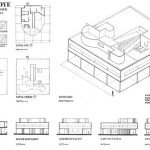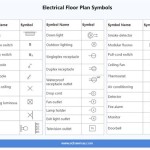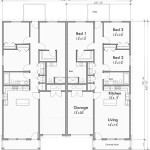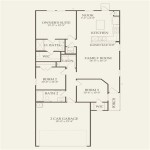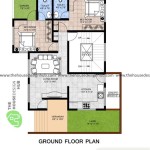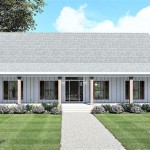Essential Aspects of Cat House Plan
Creating a comfortable and safe haven for your feline friend is crucial for their well-being. A thoughtfully designed cat house plan can enhance their living space and meet their specific needs. Here are some essential aspects to consider when planning a cat house:
1. Size and Space Requirements
The size of the cat house should be proportionate to the number of cats using it. A general rule is to provide approximately 6-8 square feet of space per cat. The house should include multiple levels, such as platforms or shelves, to allow for vertical exploration and movement.
2. Ventilation and Airflow
Proper ventilation is essential to prevent odors and maintain a healthy environment for the cats. Incorporate vents or windows into the design to allow for fresh air circulation. Additionally, consider insulating the house to keep it warm during winter and cool during summer.
3. Entry and Exit Points
Cats appreciate having multiple entry and exit points for safety and convenience. Include at least two entry points, one on the bottom and one on a higher level. The size of the openings should be large enough to accommodate the cats easily, but small enough to prevent predators from entering.
4. Materials and Durability
Choose materials that are durable and resistant to moisture and scratching. Consider using outdoor-grade materials like pressure-treated wood or vinyl for the exterior, and soft, insulating materials like carpet or fleece for the interior.
5. Scratching Posts and Toys
Cats need to scratch to maintain their claws and mark their territory. Include built-in scratching posts or provide scratching toys within the house. Consider adding play areas with interactive toys to keep the cats entertained and mentally stimulated.
6. Lighting and Privacy
Cats prefer to have a cozy, private space to retreat to. Provide some form of lighting within the house, but avoid it being too bright. Use curtains or a solid roof to create a sense of seclusion.
7. Accessibility for Cleaning
Regular cleaning is essential to maintain a hygienic environment for the cats. Ensure that the house is easy to access for cleaning by providing removable trays or doors.
8. Aesthetics and Integration
Consider the aesthetic appeal of the cat house and how it will complement the surrounding environment. Choose a design and materials that match the existing décor or create a focal point in the space.
By incorporating these essential aspects into your cat house plan, you can create a comfortable, safe, and stimulating environment that your feline friends will love. Remember to observe their behavior and preferences to further customize and enhance their living space.

Outdoor Cat House Plans Howtospecialist How To Build Step By Diy

15 Diy Outdoor Cat House Plans For Feline Shelter

Outdoor Cat House Plans Myoutdoorplans

Pin By Burcu Keskin On Kedi Outdoor Cat House Plans Diy

Cat House Plans Free Garden How To Build Projects

Window Catio Cat House Plans

Meow Cat Com 6 Free Plans For Tree Diy

Cat House Plans Free Garden How To Build Projects

Outdoor Cat House Plans Free Diy Shed Wooden Playhouse Bbq Woodworking Projects

How To Build A Feral Cat Shelter Or Outside House

